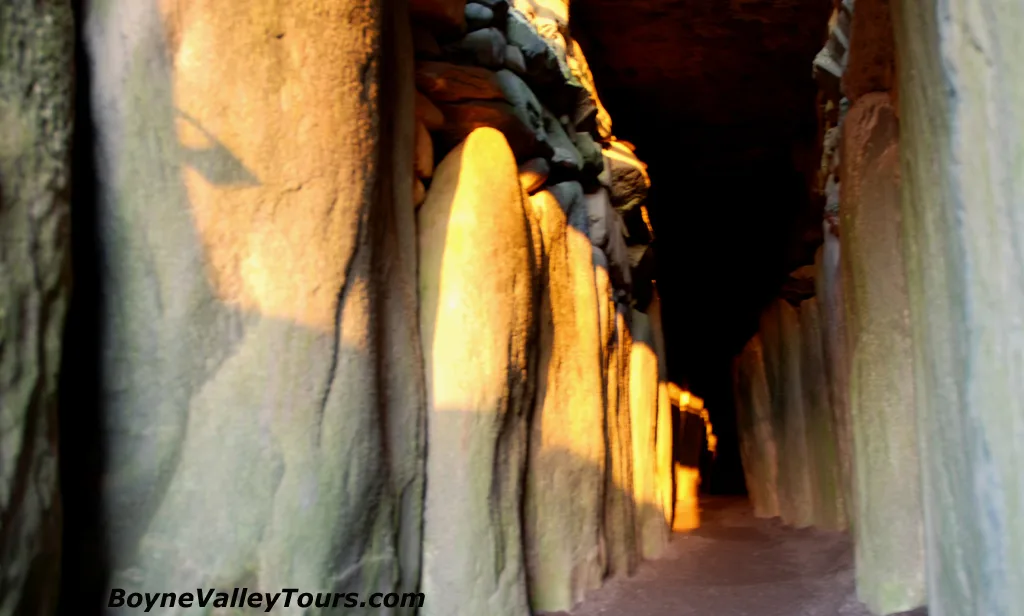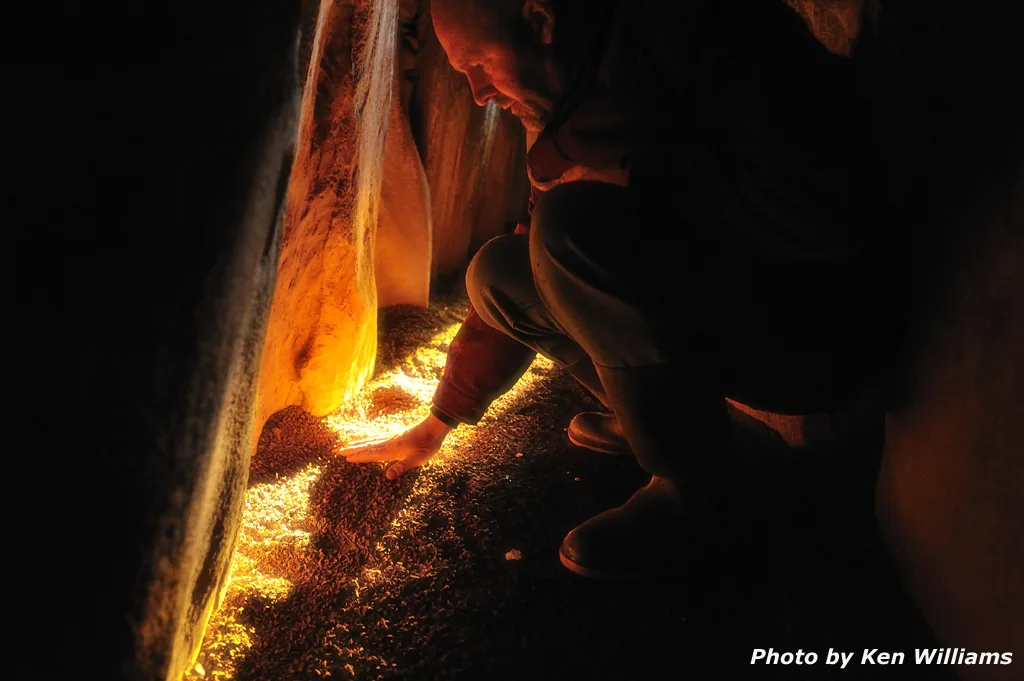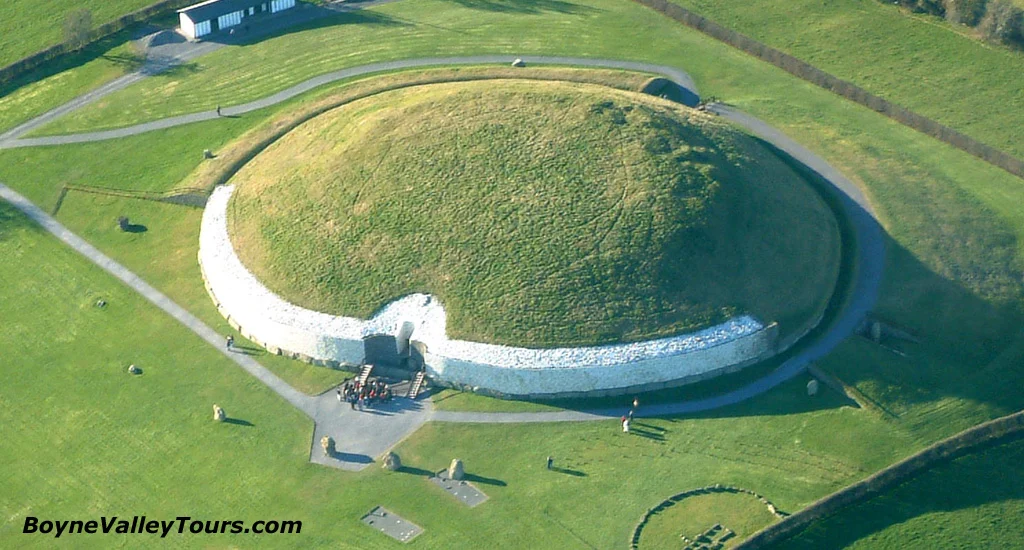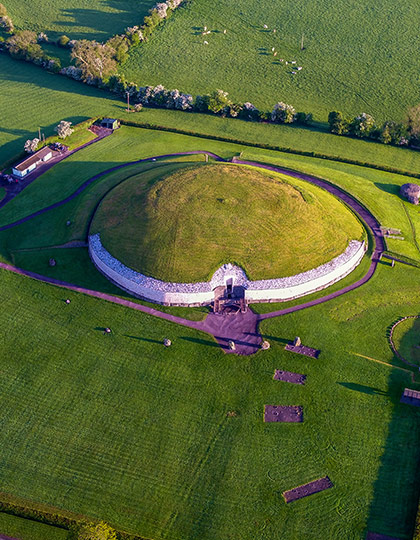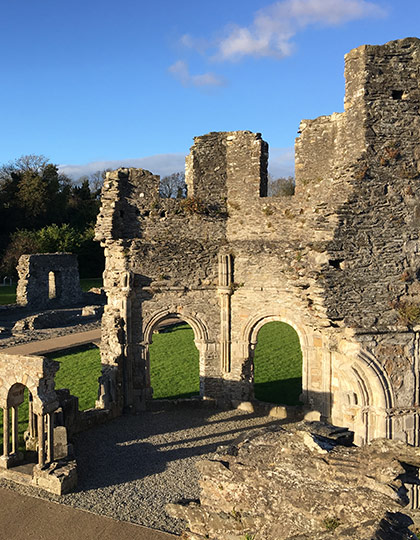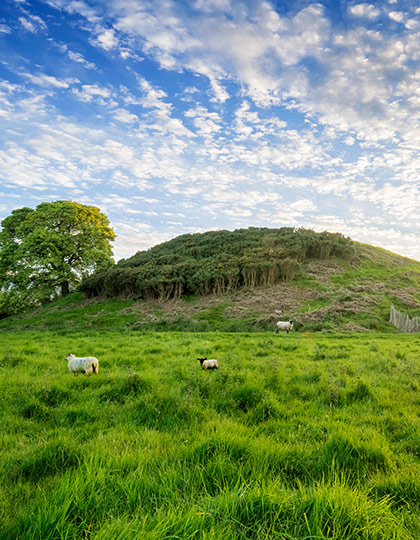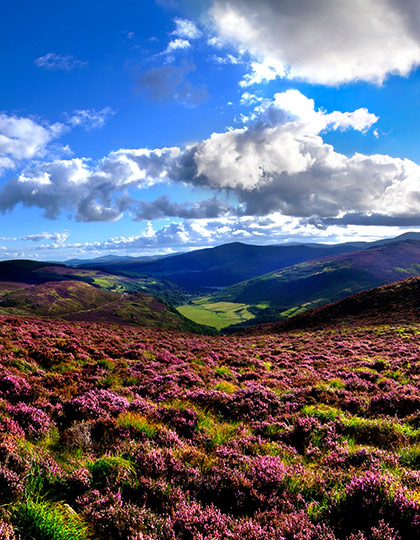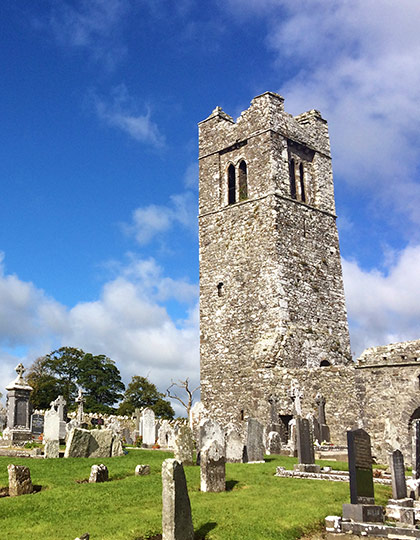This website uses cookies to help deliver its services. By using this website, you agree to the use of cookies as outlined in our Privacy Policy.
The Longest Night
The following story-poem is a fictional account of the Winter Solstice event at Newgrange from My Village: Brú na Bóinne 3200BC by Michael J. Walsh
Story-poem by Cian, elder of the village.
Written Winter Solstice Day, 21 December, 3200 BC.
In our village we fear the night
Most of all we fear the longest night
Our darkness is a black blanket
that shuts out even the brightest moon.
Seldom can we see the glory of the heavens.
The sun moon and stars are still there
hidden from us by troubled skies.
Our eyes are left without seeing.
As night falls the men return
and takeover as guardians of the household.
The animals are gathered into pens
the gates barred with heavy logs.
A fire is lit and the evening meal celebrated.
The children leave early to be readied for sleep
They are told stories of the fairy people and of the
mighty warriors who fought and saved our people.
Outside the winds howl and threaten the roof
Lightening may strike at any moment
Wolves and foxes begin their nightly rampage
Thieves emerge from their forest hideouts.
The banshee roams and seeks a house
where she can sing her shrill chant of death.
Those wandering in the dark may stumble into a fear gorta
a field of no escape which they wander around for ever.
Tonight is the longest night. People stay inside subdued.
The children huddle and are quiet,
no stories are told, the doors are barred.
Outside there is nothing but silence.
On the longest night many evil spirits roam
They may be souls of those put to death for evil deeds
now seeking vengeance for their shameful end.
They set traps and can steal a person’s mind.
The Sidhe people stay in their forts without song or dance
They too fear persecution by evil spirits.
Their absence leaves a strange chill in the air,
The joy and sparkle of our lives is gone.
An hour before dawn the doors are opened
People emerge and go silently towards the river
They carry small torches. No fires can be lit.
The darkness and silence still prevail.
Then at the predicted hour the tip of the solstice sun
peers above Red Hill to the south east.
The old year is dead. A new year is born.
The Sun Goddess has kept her bargain with her people.
The cycle of renewal and regrowth begins again.
Now a huge bonfire can be lit, people can sing and dance,
they link in rings and lines by the river.
The noise of the bodhrans and cowhorns now deafening,
the birds are scared and keep their distance.
A great feast has been prepared. Two days ago
two calves and two wild pigs were killed.
Around the bonfire a splendid feast begins.
This continues all day and well into the night
Finally all return home carrying less fear in their hearts.
Soon when the Bhrú is finished the solstice sun
will beam deep into its innermost chamber
and there renew the spirits of our beloved ancestors.
There will be great ceremonies led by Maoloch himself.
The Chieftain from Tara and his court will come
and will have place of honour within the Mound.
They will see the sunbeam creep along the floor
and then cover the ceremonial bowl in a wondrous light.
The longest night will end in an awesome climax.
The Longest Night a story-poem from My Village: Brú na Bóinne 3200BC
 My Village: Brú na Bóinne 3200BC
My Village: Brú na Bóinne 3200BC
The people who built Newgrange were a special people. With their magnificent works they have left their imprints on the sands of time. Their legacy tells us much about them.
They were a highly organised neolithic society. They had advanced engineering skills. They had the courage to undertake missive projects. They were skilled in art and astronomy. They had a multi-dimensional view of the cosmos that illuminated their world. They held powerful beliefs.
Part of them no doubt still resides deep within ourselves. We need to know them better. We can learn much from them. Ireland is at a cusp at the moment, as it also was in their time. For inspiration we need to look no further than the mounds of Meath.
This book will take you inside the minds of those who built Newgrange and help you share their Neolithic imagination, courage and beliefs.
Druids, stone-masons, builders, stone-carvers, boat-men, carpenters, bards: Each tells his own story in verse.
Price £8.99 / €9.99, Purchase at Fintra Books, Monkstown Valley, Blackrock, County Dublin A94, Ireland, email info@fintra.com
Purchase online at Amazon.com or Amazon.co.uk
Newgrange Background
by Micahel J. Walsh author of My Village: Brú na Bóinne 3200BC
In the valley of the Boyne there is an impressive cluster of monuments dating back to the Stone Age some 5000 years ago. In the period 3500BC to 2000BC some thousands of monuments were built across Ireland. Some 1500 monuments have been identified. They range from simple tombs of a few large standing stones to enormous passage graves. In addition to Newgrange, there were significant clusters at Carrowmore Co. Sligo, Carrowkeel Co. Sligo, Loughcrew Co. Meath, and Croaghan Hill Co. Donegal. They are deemed to be related to similar clusters found in Iberia, Brittany, Scotland and England.
It is thought that the monuments were built by a people who migrated to Ireland many hundreds of years earlier and established rich farming communities along the banks of the rivers. They travelled in ships along the Atlantic coast, heading mostly north. They remained in contact with their places of origin. There is evidence of a shared culture along the Atlantic coast. They seemed to have shared practices, beliefs and cosmology.
The most imposing monuments were passage tombs – large scale mounds with a stone-lined passage leading to a chamber or series of recesses at the back of the tomb. They were initially associated with a strong cult of the dead, but are now known to have been used as well for ceremonial and ritual practices, connection with the other-world, and as centres for powerful social and religious events. They were typically sited near a river and on a hill commanding the local terrain. The orientation of the entrance to the tomb was of great significance, Many had a sun orientation, facing the rising or setting sun on special days of the year. Some pointed to other tombs or to a local feature such as an imposing mountain.
The cluster in the Boyne Valley contains some 37 tombs, including three monumental passage graves: Newgrange, Knowth and Dowth. Newgrange has achieved an international recognition on account of the splendour and scale of its architecture, its magnificent Neolithic art, and its cultural significance. Its most notable features are:
The scale of Newgrange
The mound measures 80m across and 15m high. It is estimated that it contains in all 200,000 tons of stone. There are 150 large structural stones, each weighing 2-10 tons. These had to be transported from as far away as Wicklow and Clogherhead, the smaller stones being carried from the bed of the river. It contains an 18m passage leading to an imposing ceremonial chamber. It is estimated that it took three hundred workers thirty years to complete the mound.
The orientation of Newgrange
On the morning of 21 December – the day of the winter solstice, the shortest day of the year – the rays of the rising sun enter the mound through a specially designed roofbox over the door. They creep along the floor of the passage, and eventually illuminate a large ceremonial bowl located in the heart of the mound. Then it retreats slowly. It is thought that the bowl contained the bones or ashes of the dead. This is now a world famous annual event.
The art of Newgrange
Many of the large stones are adorned with beautiful patterns of abstract art – spirals, cupmarks, zigzags, lozenges , and ovals – carved with primitive stone hammers and chisels. The cluster of mounds at Newgrange are among the most important Neolithic sites and contain the largest collection of megalithic art in Western Europe. In 1999 it was declared a UNESCO World Heritage site.
The whole concept and construction speaks of a well-organised community, with a wide vision of the cosmos and of their place within it, and with the technical skills to accomplish a monument of this scale and complexity. Newgrange now has an imposing visitor centre visited each year by over 200,000 people. New monuments are still being found within the cluster and excavation will continue for many decades to come.




